Economic reports to be released this week should help clarify the recession/expansion question.
S&P Economics sees several key reports pointing to further growth, including a 0.5% gain in April
Retail Sales, a 0.3% climb in Industrial Production for April, along with an increase in Capacity
Utilization to 79.4%, and a rise in the University of Michigan’s Consumer Sentiment Survey to a
preliminary reading of 84.3 in May from 84.1 in April.
Probably the most important of this week’s reports on offering clues to the proximity of recession,
in our opinion, is Housing Starts for April, which is projected to rise to 975,000 annualized units.
Housing starts have been a very helpful gauge of an impending recession in the U.S. over the
past 55 years. Since 1959, seven of eight recessions were preceded by year-over-year declines
in housing starts of 30% or more. Only the recession that accompanied the popping of the Tech &
Telecom Bubble of the late 1990s was not foreseen by a significant drop in housing starts. Taken
from a reverse scenario, the U.S. economy slipped into recession seven of eight times after the
year-over-year decline in housing starts exceeded 30%. Only in 1966 – a bear-market year in
which the S&P 500 declined 22.2% – did housing starts fall by 42%, yet no recession ensued.
The U.S. economy remained in expansion mode until 1968, when the year-over-year change in
housing starts once again had declined by more than 30%.
The recent trend in housing starts has not been encouraging. The annualized rate of starts had
fallen by 6% on a year-over-year basis through March 2014, after peaking at +42% in March
2013. However, should Friday’s data for April equal our estimate of 975,000 units, the y/y change
will jump to +14% from the current -6%, defusing the ominous hint from this accurate indicator.
So there you have it. Housing is an area of the economy that is causing many economists and
strategists to experience sleepless nights. And while the year-over-year change in Housing Starts
was negative in March, it is expected to see a positive pop in April. And while some on Wall
Street believe homebuilding stocks should be avoided, S&P Capital IQ believes several are
beginning to look attractive. Indeed, the rolling 52-week relative strength chart for the S&P 1500
Homebuilding Index, which peaked in September 2012 and broke below its 39-week moving
average in February 2013, looks to us to be closer to a bottom than a top, as it hovers slightly
above one standard deviation below its mean since 1995. So investors interested in doing some
bottom fishing may want to consider the seven homebuilding stocks followed by S&P Capital IQ
equity analysts that carry 4-STARS (Buy) recommendations: KB Homes (KBH $15.85), Lennar
Corp. (LEN $38.40), MDC Holdings (MDC $28.16), Meritage Homes (MTH $39.17), Pulte Group
(PHM $18.32), Ryland Group (RYL $37.97) and Toll Brothers (TOL $34.10).

